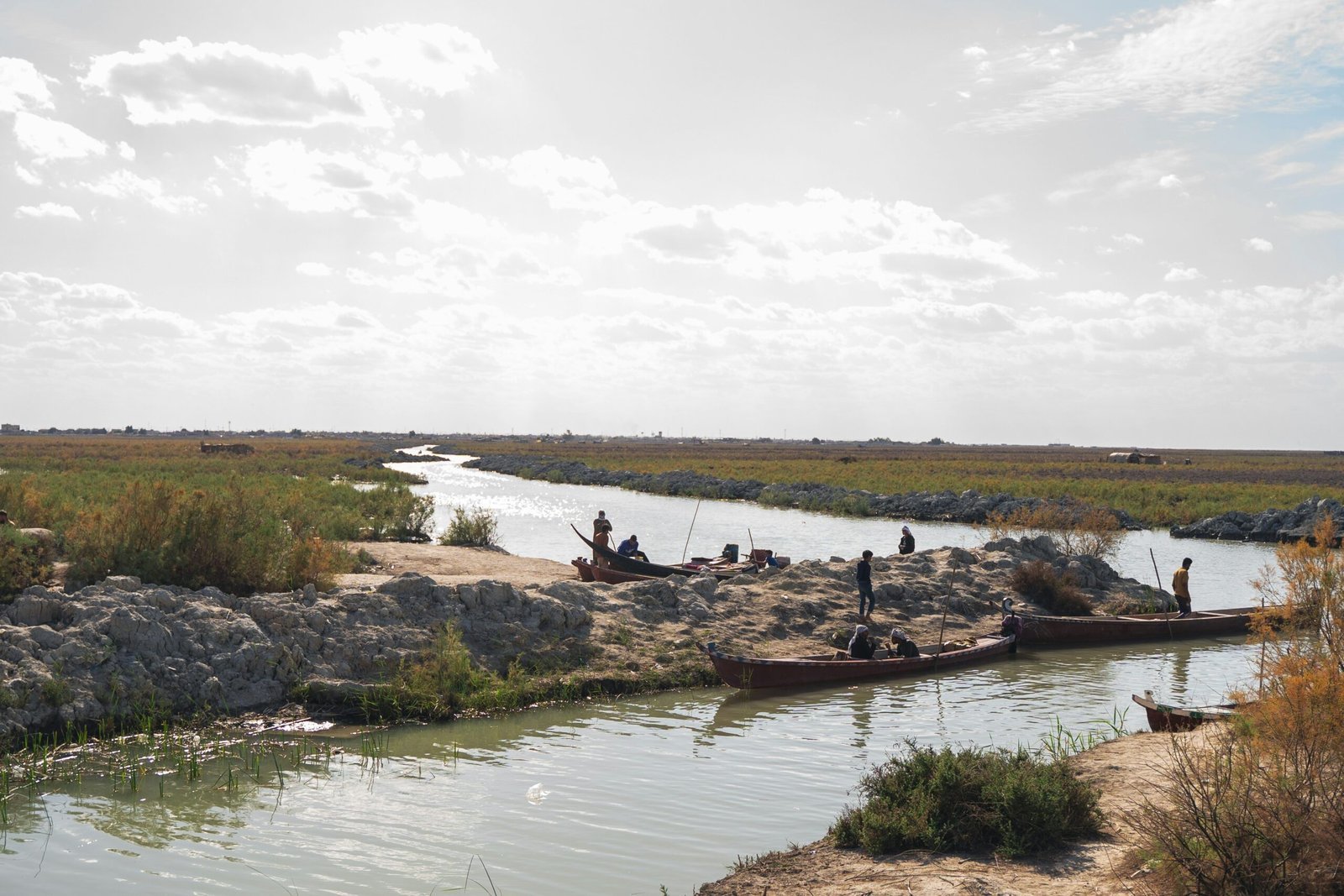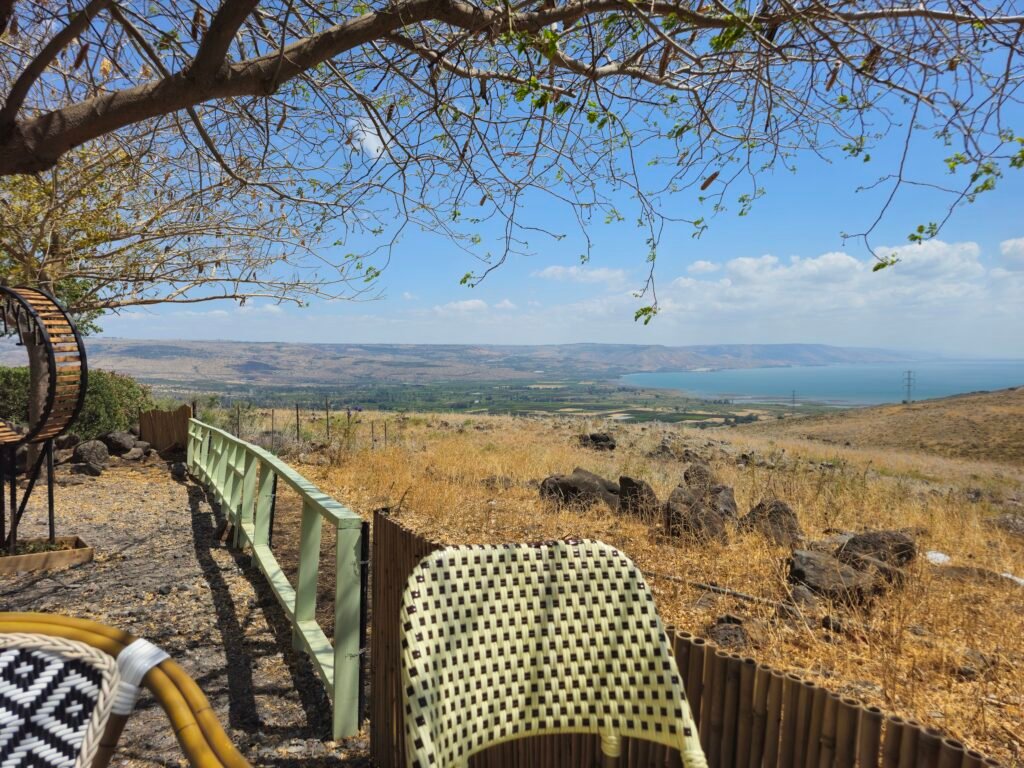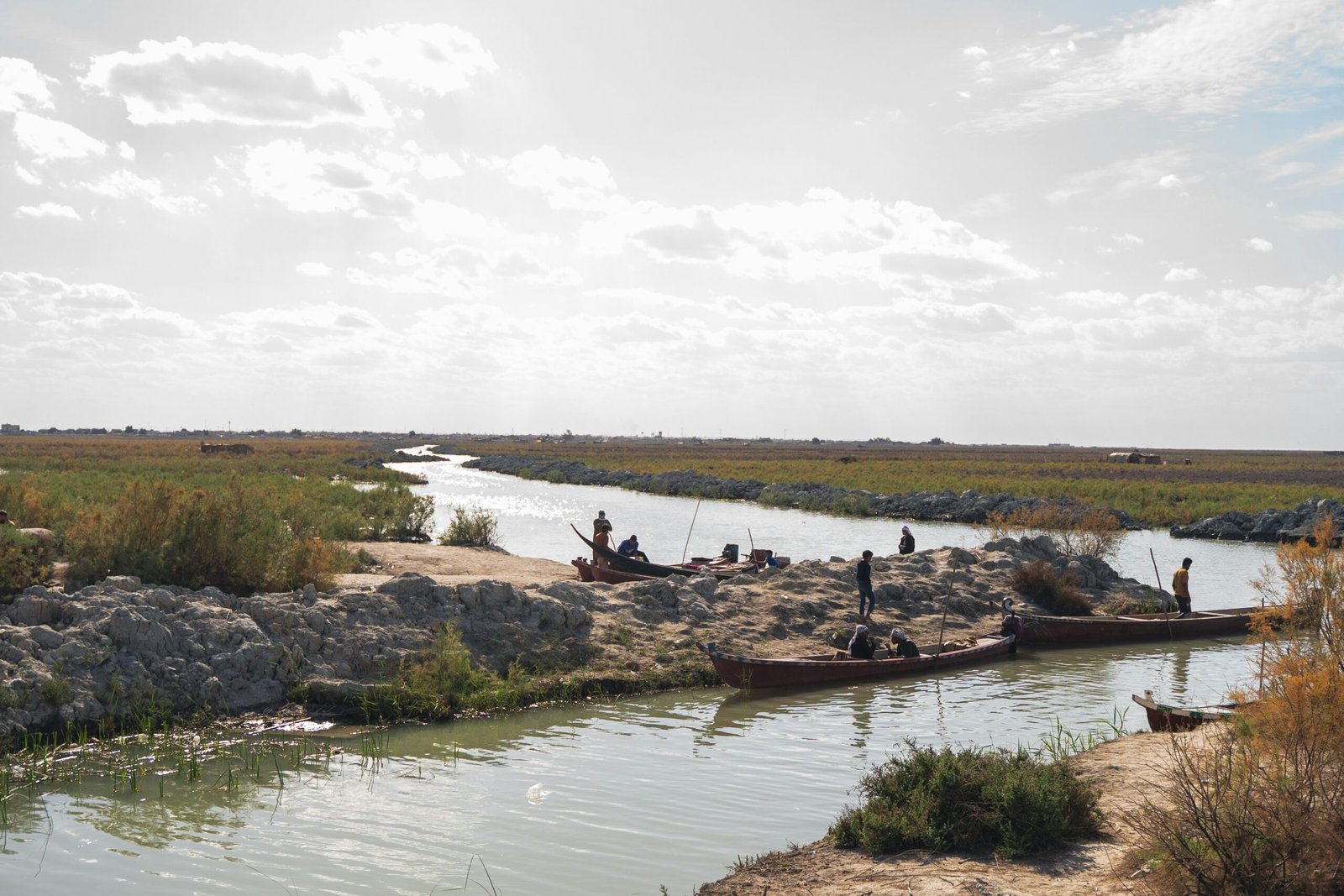
Introduction to the Sea of Galilee and Its Historical Significance
The Sea of Galilee, also known as Lake Kinneret, is a freshwater lake located in northern Israel, surrounded by picturesque hills and vibrant landscapes. Covering an area of approximately 166 square kilometers, this geologically significant body of water serves as a central hub for both ecological and cultural activities. Its unique geographical features, such as its depth, diverse flora and fauna, and proximity to significant historical sites, have made the Sea of Galilee a focal point in various narratives throughout history and religion.
The historical importance of the Sea of Galilee can be traced back to ancient civilizations that thrived in its vicinity. It was a crucial trade route, facilitating commerce and cultural exchange between the regions of Galilee, Judea, and beyond. Notably, the sea is often mentioned in biblical texts, which document numerous events in the life of Jesus Christ, such as his teachings, miracles, and even walking on water. These accounts have anchored the lake’s significance in religious traditions, drawing countless pilgrims and tourists seeking spiritual experiences and connections to their faith.
As we delve further into the hidden treasures that lie beneath the surface, it becomes evident that the Sea of Galilee is not only a geographical landmark but a profound symbol of the interconnectedness of culture, trade, and spirituality over thousands of years. The exploration of its underwater past opens up new dialogues about the civilizations that have shaped its shores and provides an intriguing glimpse into human history.
Archaeological Discoveries in and Around the Sea
The Sea of Galilee, known for its biblical significance, has also emerged as a focal point for archaeological research. In recent years, extensive excavations and underwater surveys have revealed a wealth of information about ancient civilizations that once inhabited the region. These efforts have been vital for understanding the cultural context of this historically rich area.
One of the most notable archaeological projects has been the collaboration between Israeli and international archaeologists, who have employed sophisticated techniques such as sonar mapping and underwater photography. These methods have uncovered submerged structures, including ancient harbors and settlements that date back thousands of years. The findings have provided invaluable insight into the daily lives, trade activities, and architectural styles of communities that thrived along the shores of the Sea of Galilee.
Among the significant discoveries is the ancient fishing port at Gennesaret, which once served as a vital hub for local fishermen. Artifacts such as pottery, tools, and anchors have been unearthed, revealing the advanced craftsmanship and economic activities of its inhabitants. These artifacts play a crucial role in piecing together the historical narrative of the region, showcasing the interaction between different cultures and the influence of trade on local development.
Additionally, the submerged ruins of the biblical town of Magdala have provided critical turning points for researchers. These discoveries not only suggest a complex settlement pattern but also indicate the presence of diverse religious practices that existed before and during the early Christian period. As excavations continue, the potential for revealing further treasures from beneath the waves remains promising.
Overall, the archaeological discoveries in and around the Sea of Galilee significantly enhance our understanding of ancient civilizations. The artifacts and structures uncovered not only illustrate the historical context of the region but also contribute to a broader appreciation of its cultural heritage.
Legends and Myths Associated with the Sea of Galilee

The Sea of Galilee, known for its serene beauty and historical significance, is steeped in legends and myths that reflect the rich tapestry of ancient civilizations that once thrived around its shores. These narratives not only capture the imagination but also serve as echoes of the beliefs and traditions of the peoples who called this region home. Various stories have emerged, intertwining faith, folklore, and history, presenting a multifaceted understanding of life during those times.
One prevalent tale is that of the miraculous events attributed to the life of Jesus Christ, particularly his ability to walk on water and calm the stormy waves. Such stories have profoundly influenced Christian tradition, contributing to the spiritual significance of the Sea of Galilee. Beyond Christian narratives, there are also Jewish legends that speak to the sea’s connection with figures such as the prophet Elijah. These vivid accounts illustrate the landscape’s role as a backdrop for divine encounters, underscoring the patterns of religious and cultural belief systems that shaped societal structures.
In addition, ancient Roman and Byzantine records mention mythical creatures inhabiting the depths of the Sea of Galilee. Some texts refer to a leviathan-like being, reflecting the prevailing fears and imaginations of civilizations concerning the unknown. These legends illustrate how the sea was perceived not just as a natural resource but as a mysterious entity that held a world of secrets beneath its surface. The interplay of these myths with the daily lives of the inhabitants emphasizes their significance in cultural practices, rituals, and narratives passed down through generations.
The legends associated with the Sea of Galilee continue to resonate, influencing modern perceptions and tourism in the region. Tourists flock to experience the same waters that have inspired centuries of stories, underlying the timeless connection between people, mythology, and the environment.
Preservation Efforts and Future Research Initiatives
The Sea of Galilee, a reservoir of ancient civilizations, is increasingly threatened by various modern challenges. Preservation efforts are currently underway to safeguard the archaeological remains submerged beneath its waters. These efforts are crucial, as they not only aim to maintain the integrity of these historical sites but also to ensure that future generations can explore and study these wonders. Various governmental and non-governmental organizations have begun implementing strategies focused on minimizing the detrimental impact of pollution and over-tourism on the delicate underwater ecosystem.
One significant aspect of these preservation initiatives involves monitoring and managing the water quality surrounding the Sea of Galilee. Increasing agricultural run-off and urban development pose considerable risks, often leading to substantial pollution levels. Regular assessments of the water’s health, combined with educational outreach programs to local communities, help raise awareness about the importance of maintaining a clean environment. Moreover, specialized diving teams are conducting underwater surveys to document and inspect the archaeological sites, providing valuable data to inform restoration efforts.
Future research initiatives are equally important in enhancing our understanding of the submerged treasures of the Sea of Galilee. Collaborative projects involving archaeologists, historians, and marine scientists are being established to explore these ancient remnants more comprehensively. The incorporation of advanced technologies, such as underwater drones and sonar imaging, will facilitate the discovery and mapping of undiscovered sites. These advancements not only help protect existing artifacts but also contribute significantly to academic scholarship and public knowledge.
Ultimately, as we prioritize the preservation of the Sea of Galilee’s underwater heritage and commit to innovative research initiatives, we ensure the safeguarding of its historical significance. Continuing these efforts is imperative, both for the conservation of cultural heritage and for educational purposes, which can enlighten the world about the rich narratives contained within this historic body of water.

Leave a Reply